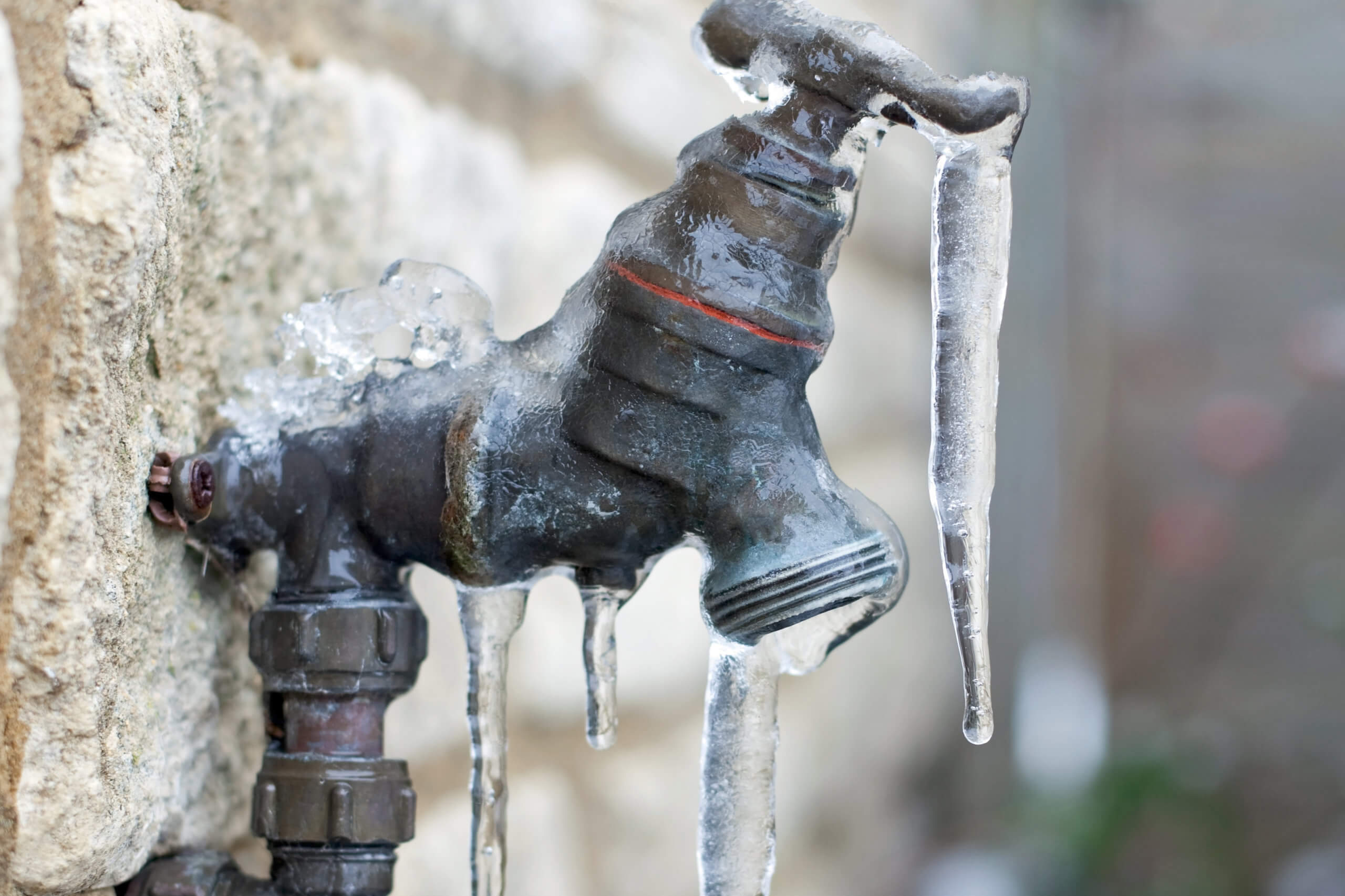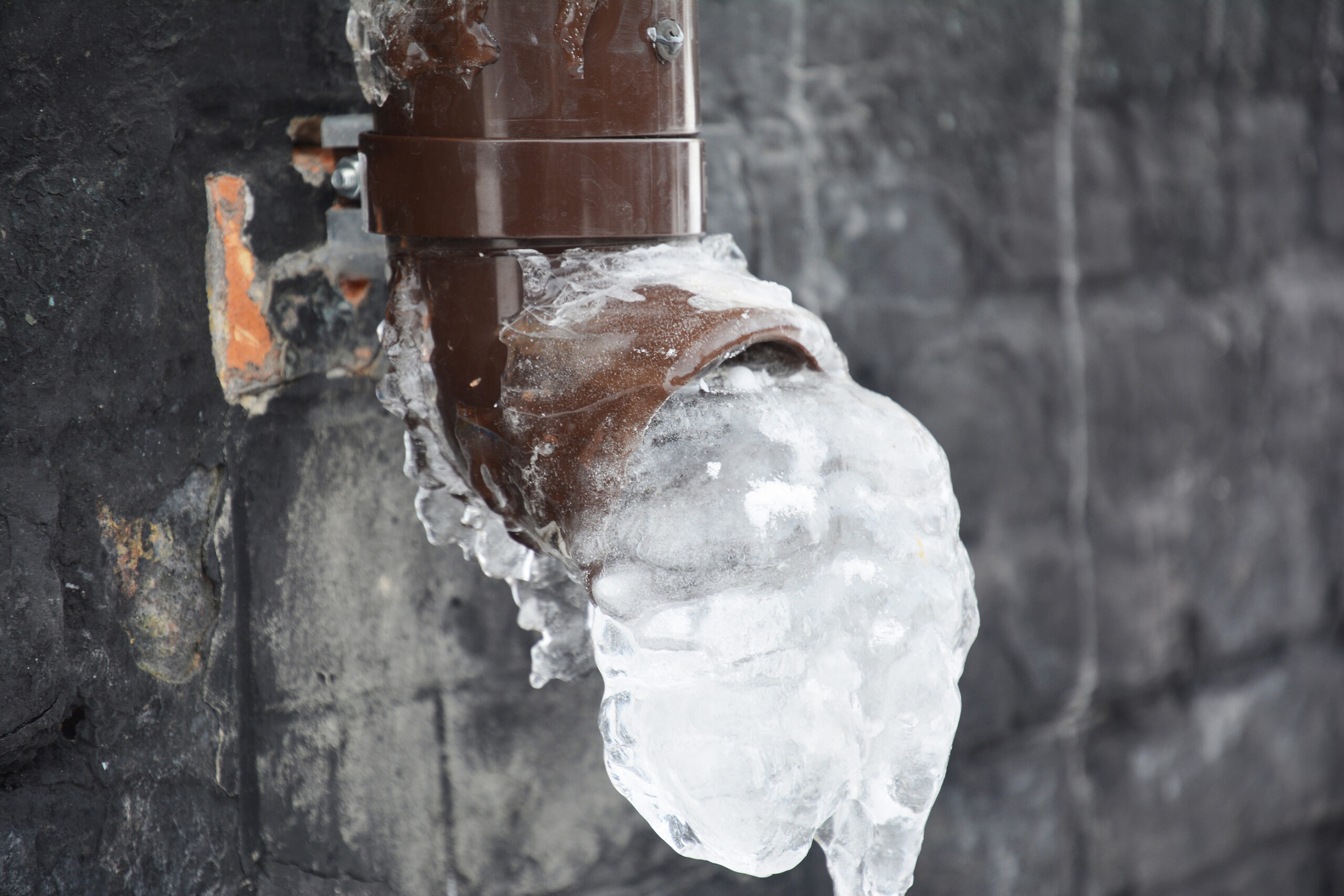Just how do you really feel when it comes to Preventing and dealing with frozen pipes?

Winter can damage your plumbing, particularly by freezing pipelines. Below's how to avoid it from taking place and what to do if it does.
Intro
As temperature levels decline, the danger of frozen pipes rises, possibly causing expensive repair services and water damages. Comprehending just how to avoid icy pipes is essential for home owners in cold environments.
Prevention Tips
Protecting prone pipelines
Cover pipelines in insulation sleeves or utilize warm tape to secure them from freezing temperatures. Focus on pipes in unheated or external locations of the home.
Heating techniques
Maintain interior rooms effectively heated up, especially areas with plumbing. Open up cupboard doors to enable cozy air to distribute around pipes under sinks.
Exactly how to identify icy pipelines
Search for lowered water flow from faucets, unusual odors or sounds from pipes, and visible frost on revealed pipes.
Long-Term Solutions
Architectural modifications
Take into consideration rerouting pipes away from exterior wall surfaces or unheated areas. Add extra insulation to attics, cellars, and crawl spaces.
Updating insulation
Purchase high-grade insulation for pipelines, attics, and wall surfaces. Correct insulation aids preserve constant temperatures and reduces the threat of frozen pipelines.
Safeguarding Exterior Plumbing
Yard tubes and outdoor taps
Disconnect and drain pipes yard hose pipes before wintertime. Install frost-proof spigots or cover exterior taps with insulated caps.
Comprehending Icy Pipes
What causes pipes to ice up?
Pipelines ice up when revealed to temperatures below 32 ° F (0 ° C) for prolonged periods. As water inside the pipelines ices up, it increases, taxing the pipeline wall surfaces and possibly causing them to rupture.
Threats and problems
Icy pipelines can cause water supply interruptions, residential property damages, and costly repair work. Burst pipelines can flood homes and create considerable structural damage.
Indications of Frozen Pipeline
Recognizing icy pipelines early can avoid them from breaking.
What to Do If Your Pipes Freeze
Immediate activities to take
If you presume frozen pipelines, maintain faucets open to soothe stress as the ice thaws. Utilize a hairdryer or towels taken in warm water to thaw pipelines gradually.
Verdict
Protecting against frozen pipes calls for positive actions and quick reactions. By understanding the reasons, signs, and safety nets, home owners can safeguard their pipes during cold weather.
5 Ways to Prevent Frozen Pipes
Drain Outdoor Faucets and Disconnect Hoses
First, close the shut-off valve that controls the flow of water in the pipe to your outdoor faucet. Then, head outside to disconnect and drain your hose and open the outdoor faucet to allow the water to completely drain out of the line. Turn off the faucet when done. Finally, head back to the shut-off valve and drain the remaining water inside the pipe into a bucket or container. Additionally, if you have a home irrigation system, you should consider hiring an expert to clear the system of water each year.
Insulate Pipes
One of the best and most cost-effective methods for preventing frozen water pipes is to wrap your pipes with insulation. This is especially important for areas in your home that aren’t exposed to heat, such as an attic. We suggest using foam sleeves, which can typically be found at your local hardware store.
Keep Heat Running at 65
Your pipes are located inside your walls, and the temperature there is much colder than the rest of the house. To prevent your pipes from freezing, The Insurance Information Institute suggests that you keep your home heated to at least 65 degrees, even when traveling. You may want to invest in smart devices that can keep an eye on the temperature in your home while you’re away.
Leave Water Dripping
Moving water — even a small trickle — can prevent ice from forming inside your pipes. When freezing temps are imminent, start a drip of water from all faucets that serve exposed pipes. Leaving a few faucets running will also help relieve pressure inside the pipes and help prevent a rupture if the water inside freezes.
Open Cupboard Doors
Warm your kitchen and bathroom pipes by opening cupboards and vanities. You should also leave your interior doors ajar to help warm air circulate evenly throughout your home.

I'm just very drawn to How to prepare your home plumbing for winter weather and I really hope you enjoyed the new blog posting. Do you know about another individual who is enthusiastic about the niche? Feel free to share it. Thanks for taking the time to read it.
Click Here
Comments on “Preventing Frozen Plumbing in Winter: Critical Strategies”